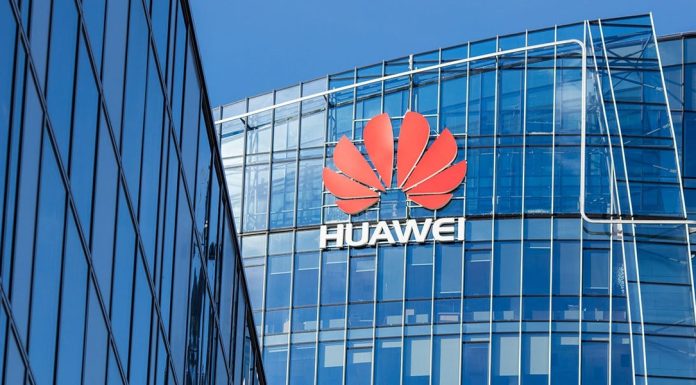Huawei held its signature Connect event in Paris just before the U.S. Thanksgiving holiday. Despite intense sales restriction pressure globally amid concerns related to the security of its mobile networking solutions, the company continues to defy the odds. I liken Huawei’s resilience to that of the Energizer battery bunny; it seems to go on and on despite entity listings and the rip and replace of its existing infrastructure in rural America, the United Kingdom and other parts of Europe. Despite it all, the company continues to forge ahead in China and other geographies including the African continent, rebounding a substantial part of its core business.
However, much of Huawei’s recent success is self-reported, so I wanted to dig into the event to understand the reality of what it has achieved, and if its vision and future roadmap can position it for long term success. I tuned into Huawei Connect Europe virtually, and would like to share my insights.
Sustainabiity
A key theme at Huawei Connect Europe centered on sustainability. This doesn’t come as a surprise given sustainability is a key focus for many networking infrastructure providers. From my perspective, Cisco is leading on the sustainability front as evidenced from my recent time with the company at its Partner Summit event. However, Huawei did shed light on some interesting developments tied to its sustainability initiatives.
The company claims to date that it has helped generate 228 billion kilowatt-hours of green electricity in Europe and in the process has offset emissions by over 100 million tons while creating thousands of high skill jobs. Proof comes in the form of customer and partner testimonials, and at the event executives from the French retailer E. Leclerc, SolarPower Europe and the Global Enabling Sustainability Initiative (GeSI) appeared on stage supporting Huawei’s efforts. It’s also worth mentioning that Huawei pivoted to supporting solar energy amid the scrutiny paid to its cellular infrastructure business, and now supplies residential and commercial controllers, inverters, connectivity modules, battery storage and a management platform within its FusionSolar portfolio.
AI-infused cloud services
Regarding AI, Huawei has long supported the integration of AI in its Kirin chipsets found in many of its smartphone devices. At Huawei Connect Europe, the company spoke to its continued investments in AI and cloud. Huawei Cloud aims to deliver the entirety of the company’s infrastructure as a service, paralleling similar efforts to HPE GreenLake and Dell APEX. It may be a me too approach, but Huawei claims it is investing significantly in research and development to advance its position with cloud-native application delivery and security with AI that includes Pangu models and GaussDB, a distributed cloud database. Huawei points out that in doing so, it is helping Chinese startups enter the European market and European startups enter the Chinese market. Time will tell if Huawei will be successful, especially given the momentum of more established public cloud solution providers AWS, Google Cloud Platform and Microsoft Azure as well as NTT’s AI efforts, but the company could carve out incremental revenue especially at home in China.
In closing
The million dollar question is whether Huawei Connect Europe points to a resurgence for the beleaguered Chinese tech giant. The event also highlighted Huawei’s focus on “5.5G” – something that I have discussed with my colleague on our weekly G2 on 5G podcast.
However, what I find fascinating is the company’s focus on adjacent sales opportunities that leverage its cellular connectivity DNA to expand its addressable market reach. It’s an investment gamble that seems to be paying off and aligned to huge tech trends tied to IT consumption services that treat infrastructure as an operational expense and helping companies meet sustainability and carbon offset goals.
One thing is for certain, Huawei is reinventing itself and in the process is remaining relevant on the world stage.

